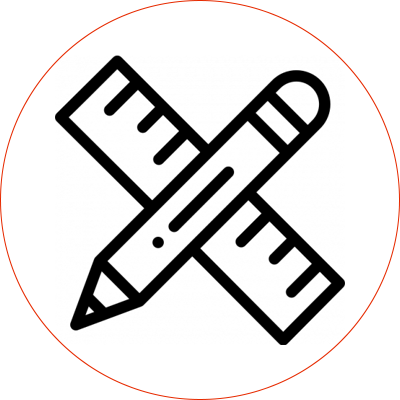Overview of USB and HDMI Standards
USB, introduced in the mid-1990s, is a standard for connecting peripherals to computers and other devices. USB supports various data transfer rates, including USB 2.0 (480 Mbps), USB 3.0 (5 Gbps), and USB 3.1/3.2 (up to 20 Gbps).
HDMI, introduced in 2003, is a digital interface standard widely used in consumer electronics for transmitting high-definition video and audio signals. HDMI supports various video resolutions, including 720p, 1080p, and 4K, and provides a single cable solution for both video and audio transmission.
USB to HDMI adapters transmit data over the USB interface and convert it into video signals for the HDMI output. This involves encoding and decoding processes to ensure that the data is accurately converted into high-definition video and audio signals. The digital nature of HDMI ensures that video and audio quality is maintained over longer distances compared to analog signals.
Construction and Materials of USB 3.0 to HDMI Adapter
USB to HDMI adapters are designed with specific components to facilitate the conversion between USB and HDMI interfaces. These adapters typically include a USB input, HDMI output, and additional components for signal conversion, such as a digital signal processor (DSP) and video encoder. High-quality materials, such as gold-plated connectors and shielded cables, are used to ensure optimal signal transmission and reduce interference.
Applications and Use Cases
In consumer electronics, USB to HDMI adapters commonly used to connect computers and laptops with USB outputs to monitors and TVs with HDMI inputs. This allows users to extend or mirror their displays, providing a cost-effective solution for integrating different display systems.
Professional and Industrial Applications
USB to HDMI adapters are also used in professional and industrial applications, such as multi-monitor setups, presentations, and digital signage. These adapters enable the integration of modern USB devices with HDMI-compatible displays, ensuring seamless connectivity and reliable signal transmission in demanding environments.
Specialized use cases for USB 3.0 to HDMI Adapter include gaming setups, where users connect gaming consoles or PCs with USB outputs to HDMI-compatible monitors or TVs, and home office setups, where users connect laptops with USB outputs to external monitors for enhanced productivity. These adapters ensure compatibility and reliable performance in various display applications.
Advantages and Disadvantages
Pros and Cons of USB to HDMI Adapter
Pros:
- Enables compatibility between USB devices and HDMI displays
- Cost-effective solution for integrating different display systems
- Easy to use and widely available
Cons:
- Potential signal degradation during conversion
- Lower video and audio quality compared to native HDMI connections
- Limited support for long-distance signal transmission




